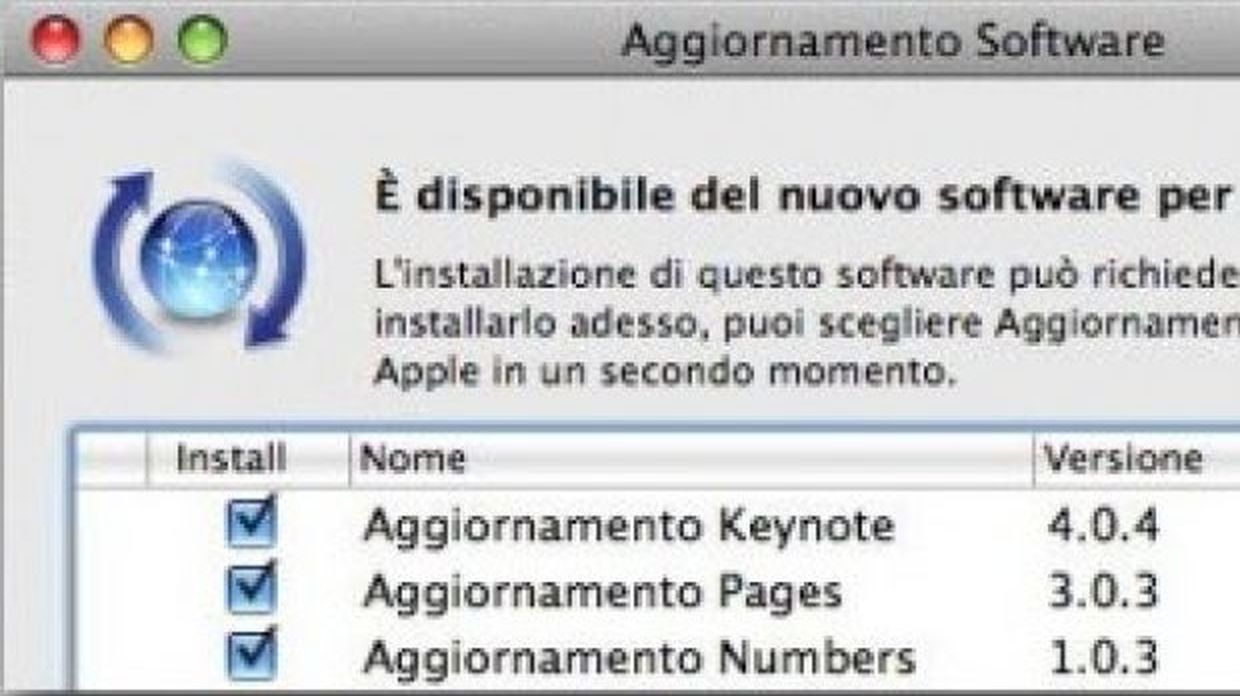

The Apple platform does not currently support functionalities such as VBA macros natively, Pivot Tables, nor some custom back-end office applications built in Visual Basic. In saying that, you may not even have a choice to use iWork or even Office for Mac. If your regular business document exchanges need to be precise then this will become a hassle and you may want to consider standardising on either iWork, Microsoft Office, or one of the other office suites available. Unfortunately 100 per cent guarantees can't be given that documents are going to look exactly the same while sharing between the two applications. In the right corner is the heavyweight beast of office suites from Microsoft with Word, Excel and PowerPoint. In the left corner we have iWork, Apple's office suite of applications that includes a word processor called Pages, a spreadsheet application called Numbers, and a presentation piece of software called Keynote. PDF | Pages and Word| Numbers and Excel| PowerPoint and Keynote In this article we'll focus on iWork 08 and Office 2007 (Windows) and Office 2008 (Mac) compatibility but you can use some of these same tips and apply them to your other favourite office suite. However, the process doesn't mean there isn't a few snags. Slowly this has changed and today file compatibility is possible between applications such as Office, iWork, Open Office and even online suites from Google and Zoho to name a few. Even different versions of Microsoft Office couldn't talk to one another properly. Previously a document in one office suite would rarely open properly in a competitors office application, or if you could it was gobbledygook and unreadable.

Office suites have come a long way in terms of compatibility from five and 10 years ago.


 0 kommentar(er)
0 kommentar(er)
